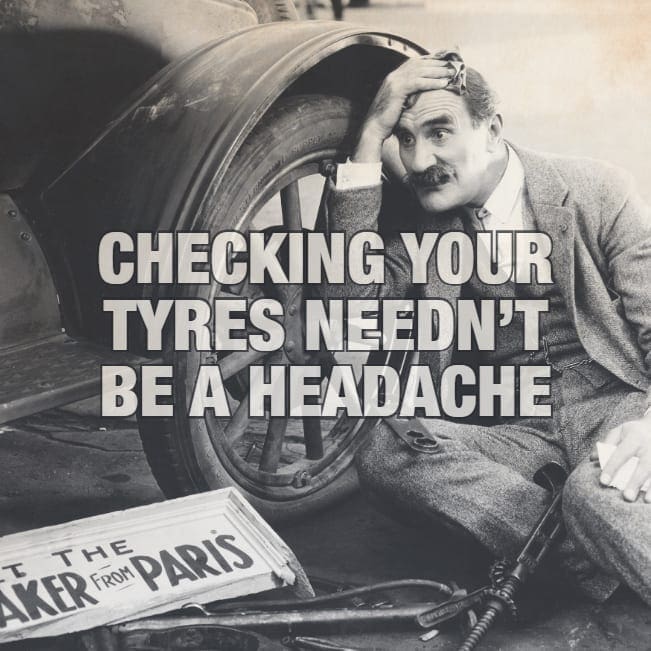With the current uncertainties on making holiday plans, it’s likely 2020 will be the year of the ‘staycation’. According to YouGov surveys, just 9% of us are considering foreign holidays while at least half will be spending less on their annual break than usual. That will mean we will be turning to the cost effective and self-reliant option of driving our families on a break.
While we’re all keen to get away from it all and enjoy a change of scenery, TyreSafe is reminding drivers there are more tyre-related incidents on the roads in summer than at any other time of the year. As many vehicles have been parked, unattended for longer periods than usual this year, there’s a potential for those incidents to increase in number.
To reduce the risks of an inconvenient – or worse – interruption to a family-getaway, drivers are being urged to carry out some straightforward checks before they even begin to pack. That’s because one of the most forgotten tyre checks is to take a look at the spare wheel – if indeed the car has one. It’s increasingly rare for a full-size spare wheel to be sold with the car when new, instead ‘space-saver’ and emergency repair kits are far more common.
Enjoy more Classic American reading in the monthly magazine.
Click here to subscribe & save.
Before you fill the boot with all your holiday must-haves, take a look for the spare wheel and if you don’t see one, find out how to use what is there.
Being tyre safe before any journey does not take long but remember to ACT – air pressure, condition and tread.
The air pressure of each tyre should also be checked using an accurate gauge. Typically, car manufacturers recommend two different pressures, one for light loads and another for when the vehicle is fully laden. It’s essential that drivers adjust the pressures to accommodate the load they are carrying. These settings can be found in the vehicle handbook and often in the vehicle’s fuel filler cap or door sill.
Checking overall condition is equally important. Tyres harden more quickly when left unused on a vehicle and as so many cars have been parked up for many months, there might well be the risk of that ‘ageing process’ causing the tyres to crack. Where this is seen, or if there are any objects embedded in the tyres or bulges, you should seek professional advice immediately.
Finally, drivers should check the tread of their tyres to ensure they are above the UK legal tread depth minimum of 1.6 mm. Ideally an accurate tread depth gauge should be used but if this is not available, a 20p coin can be used as a guide. Insert the 20p into the main sections of the tyre and at various points around the circumference – should you see the outer rim at any point, you need to have the tread depth checked as it may be illegal.
Motorists will find all this advice is included in TyreSafe’s Guide to Summer Motoring campaign, which takes an informative yet informal approach to tyre safety. With an engaging video available to view and the Adventures in Tyre Safety booklet available to download from tyresafe.org motorists can get in the holiday spirit in the knowledge they have reduced their risk of an incident on the roads.
Stuart Jackson, TyreSafe Chair, said: “Most of us have spent the several months cooped up and looking forward to a change in scenery that isn’t generated by a TV or computer screen. But that enthusiasm to get out needs to be tempered with some caution when we’re considering driving our car laden with our families on what might well be its longest journey since March. This is the season when there are the most reported tyre-related incidents on the road so to reduce your risk of adding to those statistics, spend five minutes checking your tyres are in a roadworthy condition.
“Stay safe on your holiday – stay tyre safe.”






